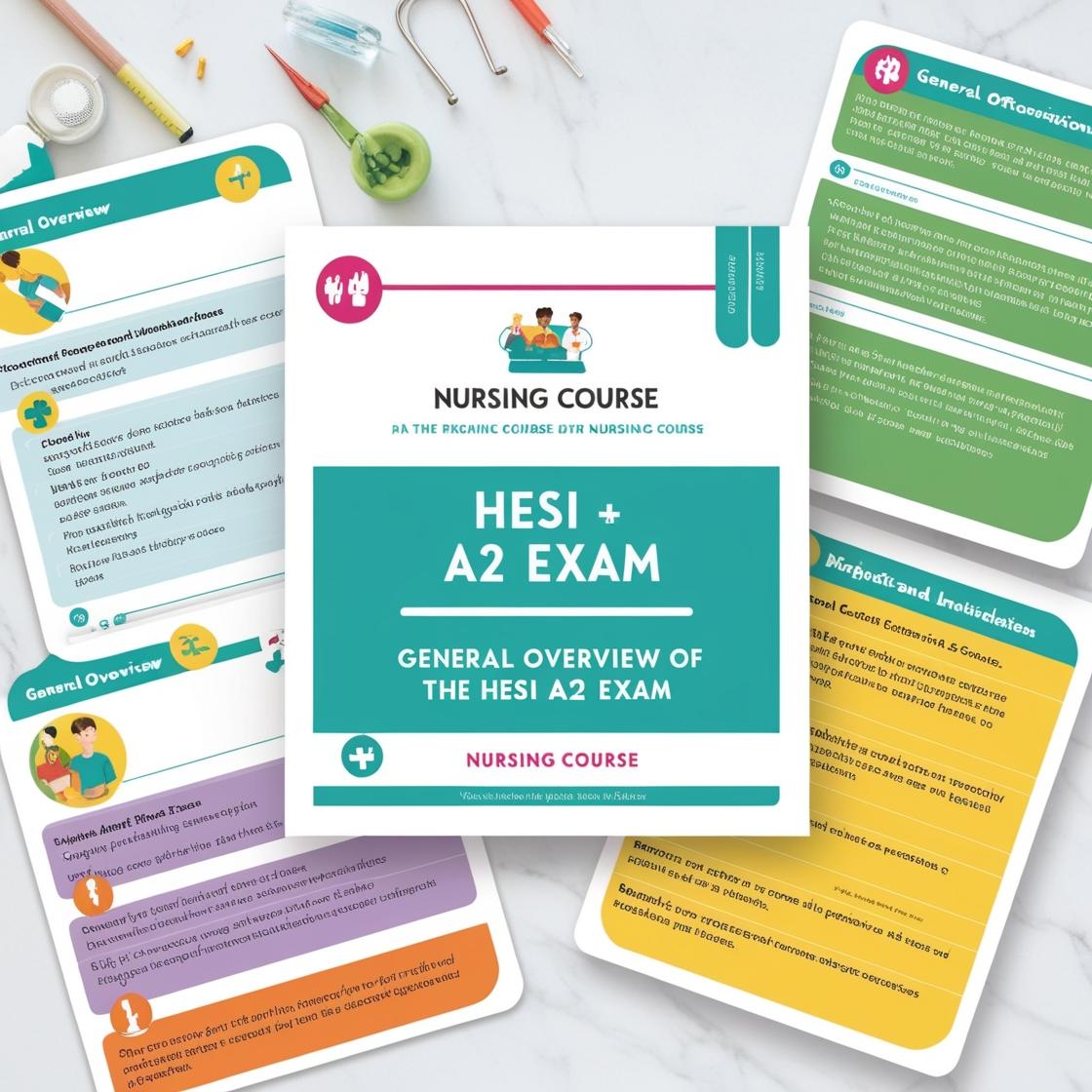HESI A2
HESI A2 Anatomy and Physiology Practice Exam
1. Which is a posterior feature of the human leg?
- A. Patella
- B. Quadriceps sartorius
- C. Triceps brachii
- D. Achilles tendon
Correct answer: D
Rationale: The correct answer is the Achilles tendon. The Achilles tendon is a strong tendon located at the back of the human leg, connecting the calf muscles to the heel bone. This positioning makes it a posterior feature, situated at the rear of the leg. The patella, also known as the kneecap, is positioned at the front of the leg, making it an anterior feature. The quadriceps sartorius are muscles located in the front of the thigh, not at the back of the leg. Additionally, the triceps brachii is a muscle found in the upper arm, not in the leg, making it an incorrect choice.
2. What structures are likely torn in a rotator cuff tear?
- A. Tendon and possibly ligament
- B. Muscle and possibly tendon
- C. Ligament and possibly muscle
- D. Tendon only
Correct answer: A
Rationale: In a rotator cuff tear, the most common structures torn are the tendons of the rotator cuff muscles. In severe cases, the tear may also extend to involve the surrounding ligaments. Therefore, the correct answer is A, as it accurately represents the structures that are likely to be affected in a rotator cuff tear. Choice B is incorrect as muscles are not typically torn in a rotator cuff tear. Choice C is also incorrect as ligaments are not the primary structures involved in a rotator cuff tear. Choice D is incorrect because a rotator cuff tear typically involves more than just the tendons.
3. Which bones do the rotator cuff help to stabilize?
- A. Radius and humerus
- B. Scapula and clavicle
- C. Humerus and scapula
- D. Ulna and radius
Correct answer: C
Rationale: The correct answer is C: Humerus and scapula. The rotator cuff is a group of muscles and tendons that help stabilize the shoulder joint. Specifically, the rotator cuff muscles help to stabilize the head of the humerus (the upper arm bone) within the shallow socket of the scapula (shoulder blade). This stabilizing action is crucial for maintaining shoulder joint function and preventing injuries. Choices A, B, and D are incorrect because the rotator cuff primarily stabilizes the humerus and scapula, not the radius, ulna, or clavicle.
4. Where does primary peristalsis occur?
- A. Esophagus
- B. Stomach
- C. Nervous system
- D. Small intestine
Correct answer: A
Rationale: Primary peristalsis occurs in the esophagus. Peristalsis is the coordinated muscular contractions that propel food through the digestive tract. In the esophagus, primary peristalsis is the involuntary wave-like contractions that push food from the mouth to the stomach. It is the natural and automatic process that occurs to facilitate the movement of food during digestion. The stomach (choice B), nervous system (choice C), and small intestine (choice D) are not the primary sites where peristalsis occurs in the digestive system.
5. Which of these can provide significant protein to a person on a vegan diet?
- A. Eggs
- B. Fish
- C. Tofu
- D. Leafy greens
Correct answer: C
Rationale: Tofu is a plant-based source of protein that can provide a significant amount of protein to a person on a vegan diet. It is made from soybeans and is a versatile ingredient that can be used in various dishes to increase protein intake. Tofu is a good option for vegans looking to meet their protein needs. Eggs and fish are not suitable for a vegan diet as they are animal products. While leafy greens do contain some protein, they are not considered a significant protein source compared to tofu.

Access More Features
HESI A2 Basic
$89/ 30 days
- 3,000 Questions with answers
- 30 days access
HESI A2 Premium
$129.99/ 90 days
- Actual HESI A2 Questions
- 3,000 questions with answers
- 90 days access
